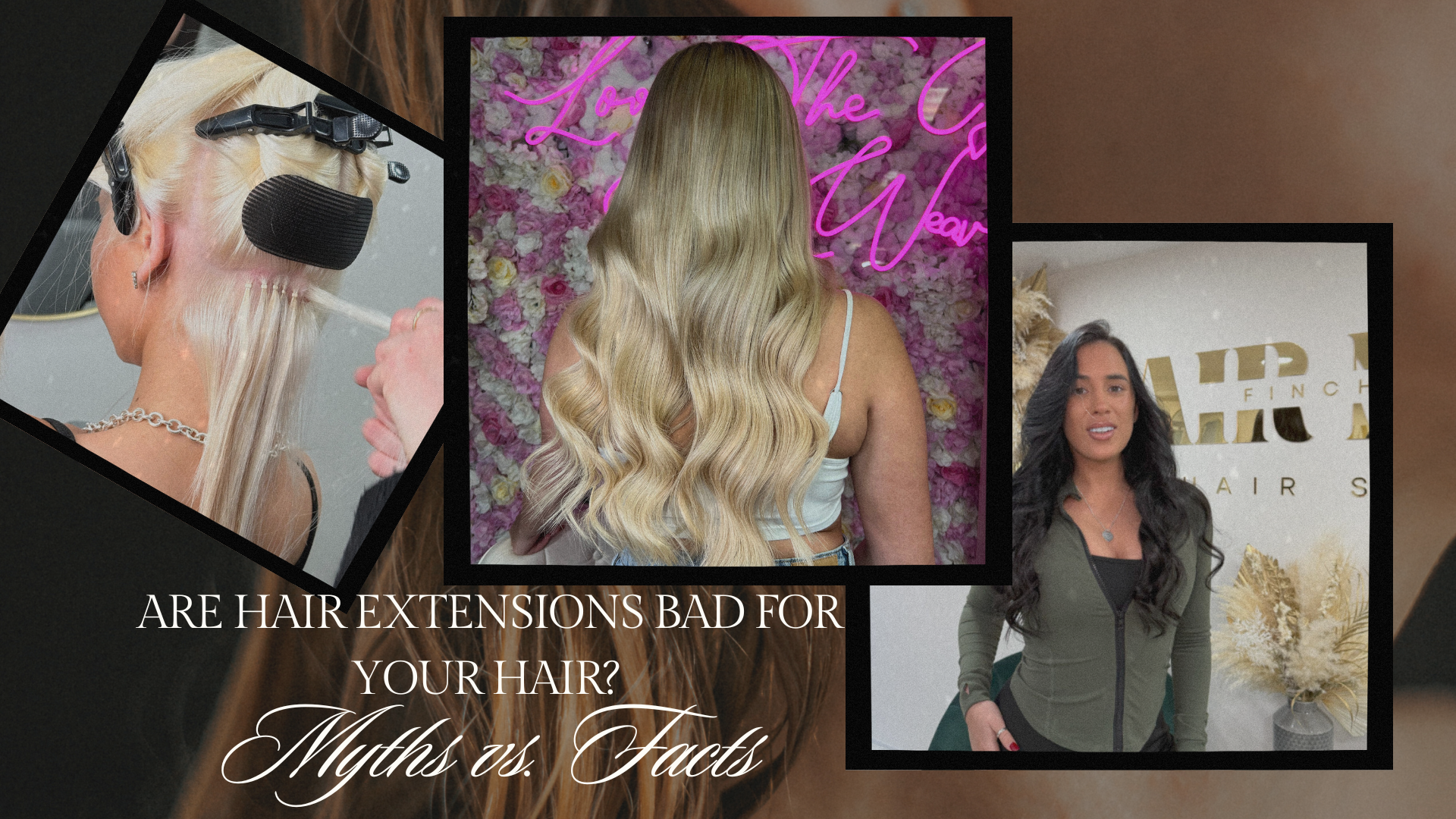We get it—hair extensions can completely transform your look. Whether you’re craving extra length, volume, or just want to experiment with a new style, extensions are a game-changer. But there’s one question we hear time and time again: Are hair extensions bad for your hair?
There’s a lot of misinformation floating around—myths, and assumptions that make many hesitate before taking the plunge. Visiting a trusted hair extension salon can make all the difference when it comes to getting accurate advice and high-quality results. We’re here to set the record straight. In this guide, we’ll bust the most common myths and share the real facts about extensions, so you can make confident, informed decisions about your hair.
Myth-1: Hair Extensions Will Ruin Your Natural Hair
Fact: Poor application or aftercare can cause damage, but properly installed and maintained extensions won’t harm your hair.
This is one of the biggest fears people have when considering extensions—and understandably so. We’ve all heard stories of broken strands, thinning, or even bald patches. But here’s the truth: damage usually comes from incorrect application, low-quality products, or improper maintenance.
When hair extensions are fitted by a professional who understands your hair type and applies them correctly, they should cause no harm. In fact, many women wear extensions for years without any negative impact.
Tip: Always go to a certified and experienced hair extension salon.
Myth-2: You Can’t Grow Your Hair While Wearing Extensions
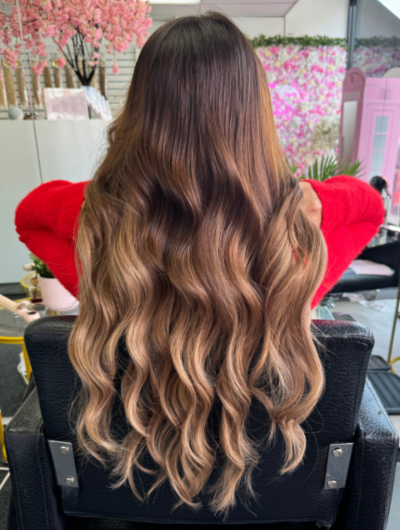
Fact: Hair can absolutely grow with extensions—as long as your scalp and strands are healthy.
It’s a common misconception that extensions stunt growth. The reality? Your natural hair keeps growing at the root regardless of whether you wear extensions.
What can slow growth is breakage caused by poor care habits—like pulling too hard when brushing or leaving your extensions in for too long without a maintenance check.
Tip: Regular maintenance appointments and a gentle brushing routine can help keep your scalp healthy and encourage growth.

Myth-3: Hair Extensions Are Painful
Fact: Hair extensions shouldn’t hurt—if they do, something’s not right.
A little tightness or tenderness in the first day or two after fitting is normal, especially with new installations. But pain that lasts longer, or feels sharp and uncomfortable, is a red flag.
Painful extensions are usually a sign they’ve been attached too tightly, which can stress your scalp and lead to tension-related hair loss.
Tip: If your extensions are causing you discomfort beyond mild initial tightness, speak to your stylist immediately. A good technician will prioritise your comfort and hair health.
Myth-4: All Hair Extensions Are the Same
Fact: There are several types of hair extensions, and what works for one person might not work for another.
From clip-ins and tape-ins to micro rings and keratin bonds, extensions come in many forms. Each method suits different hair types, lifestyles, and budgets.
For example:
- Clip-ins hair extensions are great for occasional wear or adding volume for special events.
- Tape-ins offer a lightweight, semi-permanent option with a natural finish.
- Micro rings or bonds are ideal for long-term wear with minimal visibility.
Tip: Book a consultation with a professional to find the method that best suits your hair type and routine. Customising your extensions makes all the difference.
Myth-5: Extensions Look Fake
Fact: High-quality extensions blend seamlessly and look completely natural.
Gone are the days of obvious clip-ins and poorly matched colours. Today’s hair extensions are incredibly advanced, with options that blend so well they’re practically undetectable.
The key lies in:
- Using 100% human hair (preferably Remy, where the cuticle is intact and aligned).
- Colour matching to your natural shade or desired look.
- Professional placement and blending for a seamless finish.
Tip: Avoid synthetic hair for everyday use—it doesn’t move or style like real hair and can give you away. Invest in high-quality extensions for a natural, long-lasting look.
Myth-6: Extensions Are High Maintenance
Fact: Extensions do require care—but with the right routine, they’re easy to manage.
Think of your extensions like an investment. A little upkeep goes a long way. While it’s true they require some extra care (like gentle brushing and the right products), it doesn’t mean your whole routine has to change.
Just follow these basics:
- Use a sulphate-free shampoo and conditioner.
- Brush gently from the ends upward using a loop brush or extension-friendly detangler.
- Avoid sleeping with wet hair or tying it up too tightly.
Tip: Your stylist should give you a personalised aftercare plan. Follow it closely to keep your extensions in tip-top condition.
Myth-7: Extensions Are Only for Young Women
Fact: Extensions are for anyone, at any age.
There’s no age limit when it comes to feeling fabulous. Extensions can be tailored to suit any lifestyle or hair concern, from thinning hair in your 40s and 50s to post-partum hair changes or just wanting a fresh look.
In fact, many women use extensions to add volume rather than length, creating fuller, more youthful-looking hair that feels effortless.
Tip from a Hair Extension Salon: Speak to your stylist about your lifestyle and goals—they can recommend an age-appropriate, natural-looking extension solution. A professional will tailor the extensions to suit your hair type, daily routine, and overall aesthetic, ensuring they enhance rather than overpower your natural beauty.
The Real Risks: What to Watch Out For
Let’s be honest—while hair extension can look absolutely stunning, there are risks involved if they’re not applied or maintained correctly. Extensions themselves aren’t harmful, but how they’re fitted, what they’re made from, and how you care for them can all make a huge difference to your natural hair’s health. Here’s what to keep an eye on:
1. Cheap, Low-Quality Hair
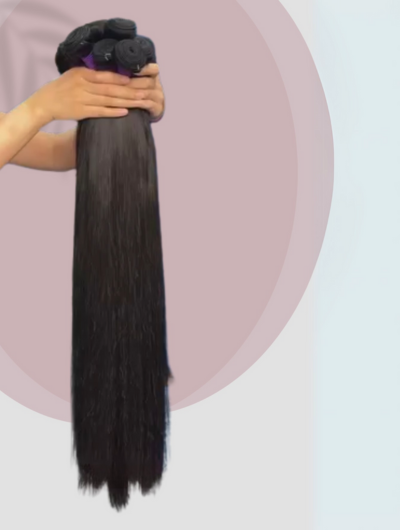
Opting for bargain hair extensions may save you money upfront, but it often comes at the cost of quality. Cheap extensions are usually synthetic or heavily processed, meaning they can tangle, shed, and lose their shine very quickly. They also tend to look less natural and are more difficult to style. Investing in high-grade, 100% Remy human hair not only looks better but lasts much longer with proper care.

2. Improper Application
One of the biggest causes of hair damage comes from poor fitting. If extensions are placed too close to the scalp, too tightly, or with uneven distribution, they can put stress on your hair follicles. This tension can lead to breakage and, over time, even traction alopecia (hair loss caused by pulling). Always go to a certified professional who understands your hair type and can apply the extensions safely.
3. Skipping Maintenance
Hair extensions aren’t a ‘fit and forget’ solution. Regular maintenance appointments are essential—typically every 6 to 8 weeks, depending on the method used. Skipping these check-ins or not following aftercare guidance can lead to matting, tangling at the roots, or weakened natural hair. Daily gentle brushing and using the right hair care products are also crucial to keeping both your extensions and natural hair in good condition.
4. Overuse Without Breaks
Even the healthiest hair needs a break sometimes. Wearing extensions continuously without giving your natural hair time to recover can lead to long-term fatigue. Your hair may become weaker, thinner, or more prone to breakage. It’s important to allow your scalp and strands time off between extension sets to rest and rejuvenate.
By being aware of these common risks—and taking the right steps to avoid them—you can enjoy beautiful, voluminous hair without compromising the health of your natural locks.
Tips for Safe, Healthy Hair Extension Use
Hair extensions can be a brilliant way to boost your confidence, add volume, and completely transform your look—but it’s essential to treat them (and your natural hair) with care. When worn and maintained properly, extensions shouldn’t cause any damage. In fact, many people wear them for years without issue. The key lies in following a few golden rules. Here’s what to keep in mind:
Choose a Reputable, Certified Stylist
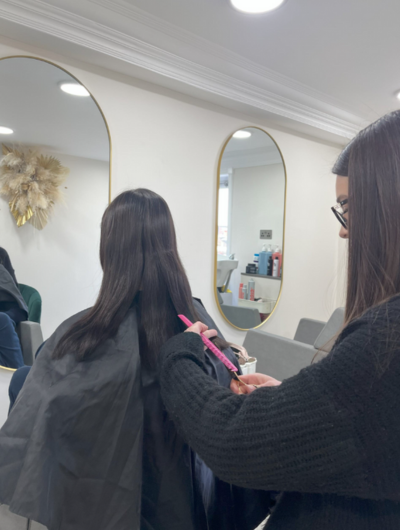
The foundation of a successful extension experience is a skilled, knowledgeable professional. Extensions shouldn’t be a DIY job—especially not semi-permanent methods like bonds, tapes, or micro-rings. A qualified stylist will assess your hair type, talk you through your options, and fit your extensions safely and securely. Don’t be afraid to ask for credentials or examples of their work. After all, this is your hair—you deserve the best.

Choose top-quality human hair extensions that’s ethically sourced
Not all hair extensions are created equal. For a natural look and long-lasting results, always go for 100% human remy hair extensions, ideally Remy hair, where the cuticles remain intact and aligned. Ethically sourced hair is not only the responsible choice—it also tends to be softer, more manageable, and easier to style. Avoid synthetic hair for everyday wear, as it tangles easily, doesn’t hold heat-styling well, and tends to look noticeably artificial.
Use the Right Tools and Products for Hair Extensions
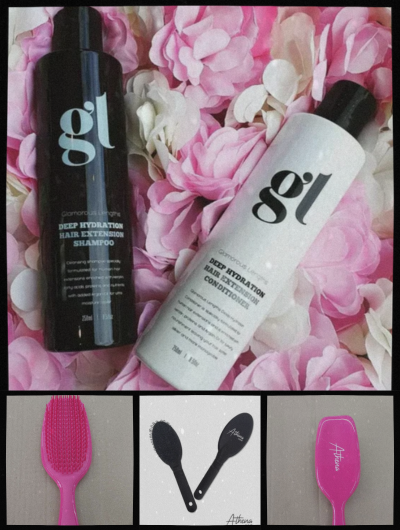
Extensions require a slightly different care routine from your natural hair. Choose sulphate-free shampoos and conditioners, as these are gentler and won’t break down adhesive bonds or cause unnecessary dryness. When brushing, use a loop brush or a soft bristle extension brush, and always start at the ends, working your way up. Be gentle—tugging too hard can loosen the extensions or strain your natural hair.

Keep Up with Regular Maintenance
Extensions need consistent upkeep to stay looking their best. Book a maintenance appointment every 6 to 8 weeks to ensure everything is sitting correctly, and to address any potential issues like slippage or matting before they cause damage. A good stylist will rebalance or remove extensions as needed, helping your natural hair stay healthy underneath.
Care for Your Natural Hair, Too

While it’s easy to focus on your extensions, don’t forget the hair they’re attached to. Moisturise your scalp regularly with lightweight oils or scalp treatments, and keep your roots nourished. Healthy natural hair is the foundation of long-lasting hair extensions. If your scalp feels irritated, dry, or tight, take a break and speak to your stylist.
By following these tips, you can enjoy the benefits of beautiful, long-lasting extensions while keeping your natural hair in great condition. Extensions should enhance your look, not compromise your hair’s health—and with the right care, that’s exactly what they’ll do.

Extensions Done Right Can Be Empowering
So, are hair extensions bad for your hair? Not at all—when they’re done properly. With professional application, high-quality hair, and a little TLC, extensions can be a fantastic way to enhance your look, boost your confidence, and express your personal style.
The key is education and professional guidance. Don’t let myths and horror stories hold you back. Do your research, ask the right questions, and trust your stylist to help you get the best results—without sacrificing the health of your natural hair.
FAQ
Can I dye my extensions?
Yes—if they’re 100% human hair. But it’s best to let a professional handle the colouring to avoid damage or uneven results.
Can I go swimming with extensions?
You can—but protect them! Chlorine and saltwater can dry out and damage both your natural hair and extensions. Always wear your hair up and rinse it straight after.
Do extensions cause hair loss?
No—when fitted and cared for correctly. Hair loss usually results from poor application or tension. Choose a qualified stylist and follow your maintenance routine.
How long do extensions last?
That depends on the method and how well you care for them. Clip-In Extensions can last years; semi-permanent types typically last 6–12 weeks per set, with the hair itself reusable for up to a year or more.

